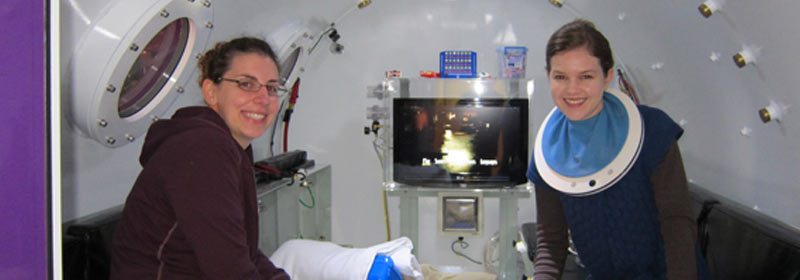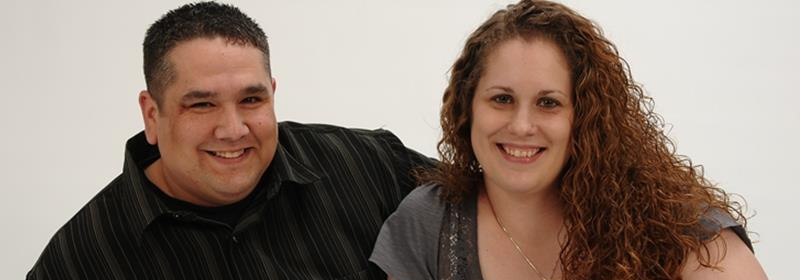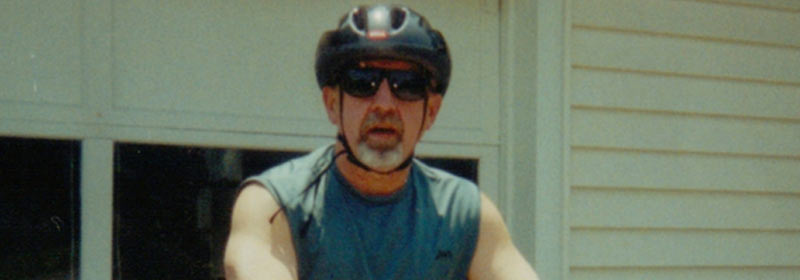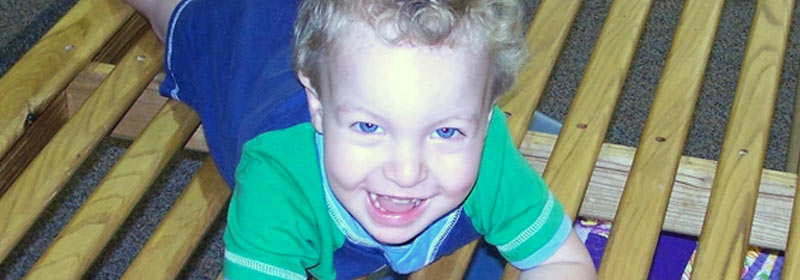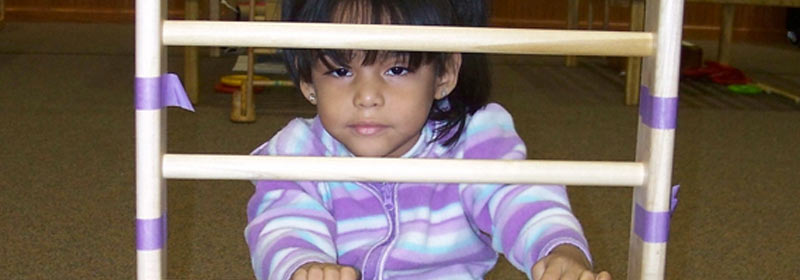We Put Athletes Back in Action
Unfortunately, injuries are a common occurrence in sports. Sports injuries can be broadly classified as either traumatic or overuse injuries. These injuries range from bruises and muscle strains, to fractures and head injuries. Sara’s Garden has had great success in treating injured athletes.
Hyperbaric Oxygen Therapy is the ultimate natural therapy. It increases the amount of oxygen delivered to cells in order to stimulate the body’s natural healing processes, increase athletic stamina and endurance, speed up injury and surgery recovery and strengthen the immune system.
Below are just a few of the sports injury success stories that we’ve had here at Sara’s Garden:
- 16 Year Old Male – Torn ACL A football player tore his ACL mid season. After undergoing surgery he was told that he would be out six months, effectively ending both his football and basketball seasons. After only 18 HBOT treatments, he was back to running and working out and did not have to miss the basketball season.
- 17 Year Old Male – Stress Fracture A football player suffered a stress fracture to his foot in a preseason scrimmage. He was told that he would be out six weeks, almost his entire senior year. One week later, after only 6 HBOT treatments, he was back in action and did not miss a single game.
- 14 Year Old Female – Hairline Fracture and Dislocation A soccer player fractured her clavicle and suffered a sternal dislocation during an intramural basketball game. She was told that she would be out one month and would miss the end of her soccer season. After only 1 week and 7 HBOT treatments she was cleared by her doctor and allowed to finish out her soccer season.
- 17 Year Old Female – Stress Fracture A multisport athlete suffered a stress fracture to her shin during an off-season basketball camp. After sitting out while using crutches and a walking boot for over 7 weeks, she was released and began training for cross country. However, every time she ran she experienced pain and significant swelling in her leg. After only 6 HBOT treatments the pain and swelling disappeared and she was able to resume competing. She continued to undergo HBOT treatments periodically for the remainder of the season to recover from races quicker and boost her endurance.
- 18 Year Old Male – Hip Flexor Injury A multisport athlete injured his hip flexor during baseball season at the end of his junior year. The injury did not improve and carried over into preseason workouts for his senior year of football. By the time of his first game he was barely able to run and did not know if he would be able to compete. After beginning HBOT treatments immediately following his first game he was able to continue playing and did not have to miss a single game while recovering from his injury. He went from not being able to run to being the first person down the field on kickoff coverage breaking the opponent’s wedge.
- 18 Year Old Male – Dislocation A football player dislocated his shoulder near the end of his junior year causing him to miss the final 4 weeks of the season. He underwent surgery after the season was over to repair the damaged shoulder. The injury reappeared in warmups just prior to the first game of his senior year and caused him to have to miss the game. He began HBOT treatments following the first game and was able to continue playing the entire season without missing any additional games.
- 17 Year Old Female – Severe Ankle Sprain A volleyball player suffered a severe sprain to both sides of her ankle after landing awkwardly following a block. She experienced tremendous swelling and bruising and was forced to use crutches as she was not able to put any weight on her foot. She was told that she would miss the remainder of the regular season as well as any tournament action. After only 4 HBOT treatments her swelling was reduced and she was able to begin putting weight back on her ankle. After a total of 10 treatments she was able to return to action and compete in her team’s post season tournament.
No matter what you’ve been told, there is hope… for this and many other conditions. HBOT is treatment without drugs… without surgery… without pain.



